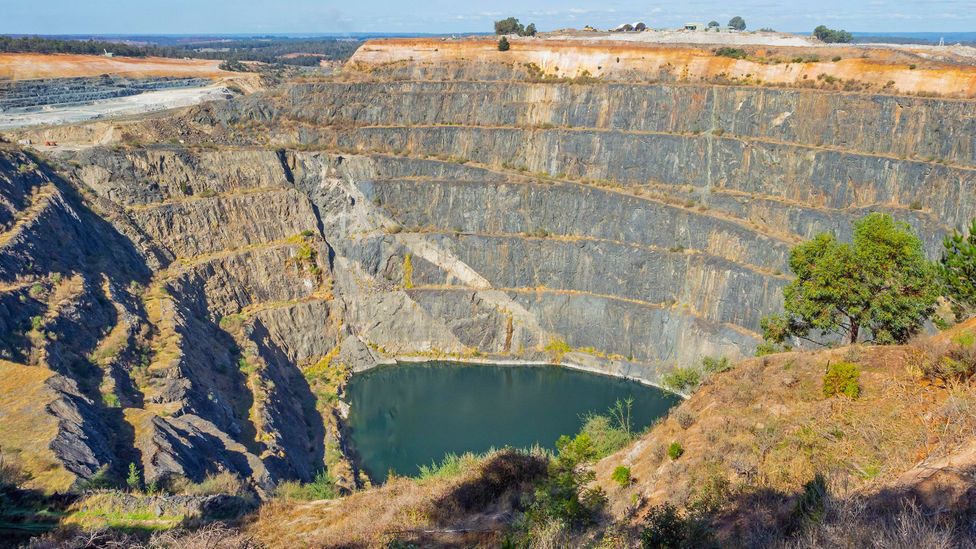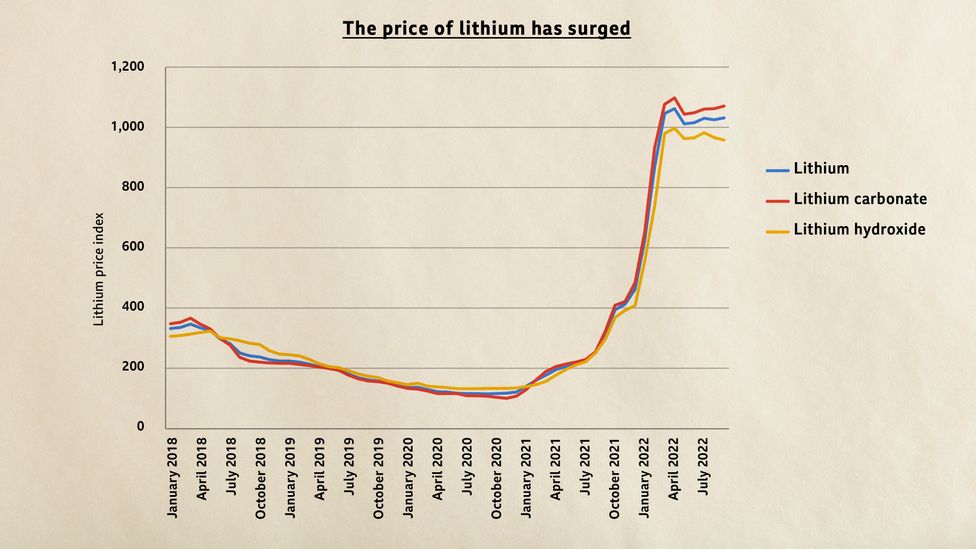IKEA Starts Selling Solar Panels

For some people, IKEA is synonymous with difficult-to-assemble but affordable furniture. For others, the global brand brings to mind strolling through endless showrooms filled with home furnishing displays — or stopping at the onsite restaurant for its popular Swedish meatballs. But for most people, the IKEA brand hasn’t been associated with home solar solutions — until recently. In May 2022, the company announced that it is teaming up with a leading solar provider to make solar energy easier to access. This fall, IKEA home solar launched in the U.S. in select California markets.
The move is a good one for IKEA as it strives to reinforce its image as a company that cares about the environment because renewable energy still provides only one-fifth of the electricity in the United States. We still rely on fossil fuels for 60% of our electricity. As long as the country fails to tap into the potential of offshore wind farms, the burden of installing renewable energy falls to individuals. Powering your home with solar energy is more feasible than you might think. But sometimes it feels like you need to be an engineer to figure out how solar energy works.
Solar
Installing solar panels can lower or eliminate your electricity bills, reduce your reliance on fossil fuels, and benefit the environment.
It is a myth that you have to live in a sunny region to make use of solar energy – you can see how many others in your state have already done it. Solar panels work best in direct sunlight (but not extreme heat), but they still function in cloudy weather or indirect sunlight. In Finland, with only two hours of sunlight in the winter, solar panels can now pay for themselves in under a decade.
While solar electrical systems can work in any climate, not every home is suitable for solar panels. The orientation of the roof and available space may affect efficiency. Mature trees that shade a home may be worth saving. If your home is not suitable for a solar panel system, community solar might be your best option for renewable energy.
Although most solar panel systems will pay for themselves in time, the upfront cost can be a significant barrier. Fortunately, there are ways to overcome this barrier, through solar tax credits and other financing resources.
Choosing a solar company can be confusing. From a single provider supplying DIYers in 1978, the solar industry has expanded to more than 13,000 installation companies across the U.S. today. Whether they are local or national, these companies are rarely household names. Because each solar installation is basically a custom job, it can be difficult to compare solar proposals.
IKEA

IKEA is the go-to home store for people who are new at adulting or on a tight budget. Like any large retailer, it has a big environmental footprint. IKEA products are infamously disposable. Its products’ particle board and laminate construction doesn’t always hold up to extended daily use, and recycling is not an option. In the past, IKEA has struggled with high formaldehyde levels in its glues and lacquers and child labor in its Asian textile manufacturing facilities. The company continues to face political and financial criticism.
Despite these issues, IKEA is generally considered a good example of corporate sustainability. It has discontinued sales of single-use items, it recycles mattresses, and it recently introduced a furniture buy-back program. Thanks to investments in wind and solar power, IKEA produces as much clean energy as it uses, and may be on track to achieve climate neutrality by 2030.
IKEA Solar
Now IKEA has partnered with SunPower, one of the top national solar companies to sell solar panel systems. Taking the same simple approach that gave us flat-packed furniture with an included Allen wrench, IKEA offers four solar energy packages. The four packages include various combinations of solar panels, energy storage, and electric vehicle charging.
Eligible customers can get more information through the home solar kiosk located in the IKEA Sustainability Shop. Or they can begin online; once signed into their IKEA Family account, they will be redirected to the SunPower website to start the assessment process.
A SunPower Solar Advisor will assess the customer’s electricity bills, energy goals, and roof configuration to design their solar package. They will propose a system together with available financial products and incentives before visiting the home to assess the roof and make any necessary modifications to the design. They provide a 25-year limited warranty for panels and a 10-year limited warranty for the monitoring device and storage system.
Power Potential
IKEA already sells solar power systems in several European countries. But for now, its solar program in the U.S. will be limited to members of the IKEA Family loyalty program in select California service areas: Emeryville, East Palo Alto, West Sacramento, Burbank, Carson, Covina, Costa Mesa, and San Diego. However, IKEA has launched many of its sustainability initiatives in select locations before rolling them out nationwide or worldwide after a test period. If it does, switching to solar will be a lot more accessible to people who aren’t already steeped in the environmental movement or excited about the technical details of energy. But either way, the fact that IKEA is dipping a toe into the U.S. solar market is a sign that renewable energy is approaching a tipping point.
They have received some bad press coverage within the last few years over their methods of getting wood, so hopefully this will help with their reputation.
The blog song for today is: " Does you mother know" by ABBA
TTFN






